10 Coonhound Breeds Every Hunter Should Know About
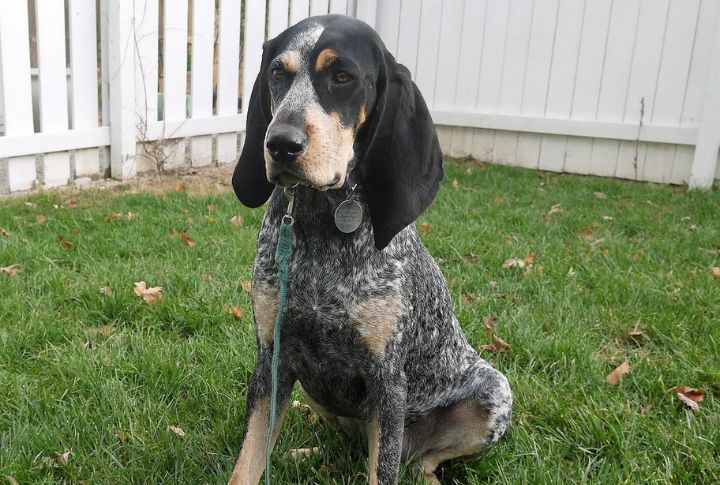
Coonhounds know what they’re doing out in the wild. They’re wired to chase and alert like seasoned professionals. But don’t lump them all together. Some are slow trackers. Others move like they’re late for dinner. Even their voices sound different. Are you curious which type does what and why that matters? Let’s run through the top contenders.
Black And Tan Coonhound
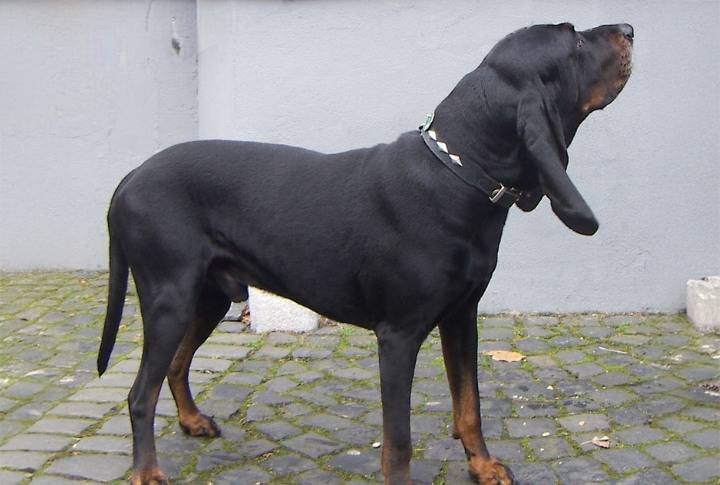
Looking for a hound with a serious nose and a voice that carries? The Black and Tan Coonhound is your guy. Developed from Bloodhounds and Foxhounds in the U.S., this breed tracks raccoons, deer, and even bears. Standing up to 27 inches tall, its booming bark can echo for miles.
Bluetick Coonhound
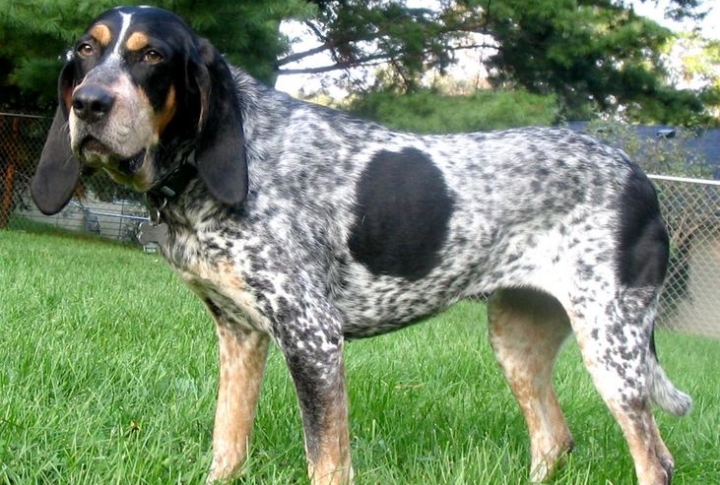
The Bluetick Coonhound descends from French staghounds and English foxhounds, originally bred in Louisiana for raccoon hunting. It’s skilled at tracking week-old scent trails and is known for its black-and-blue ticked coat. Spotting prey even triggers a burst of short, raspy barks. The AKC officially recognized the hound in 2009.
Redbone Coonhound
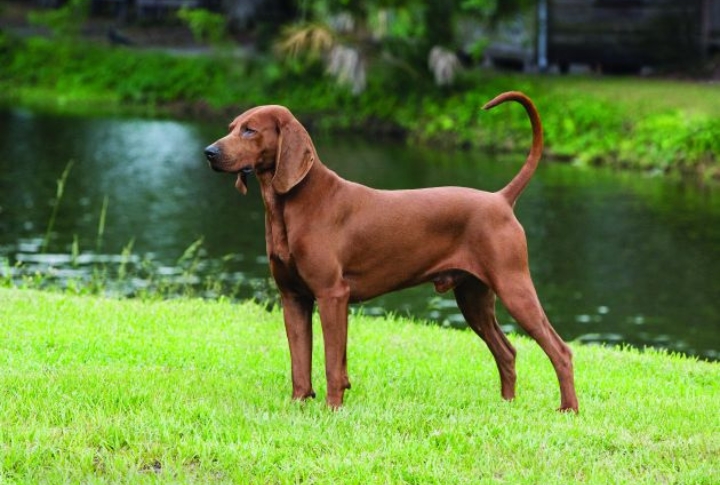
Powerful and graceful, the Redbone Coonhound rises to every challenge—swamps, mountains, you name it. Southern hunters favored the breed for chasing raccoons, thanks to its heritage. That vivid coat repels mud with ease, and its loyalty earned it a starring role in “Where the Red Fern Grows.”
Treeing Walker Coonhound
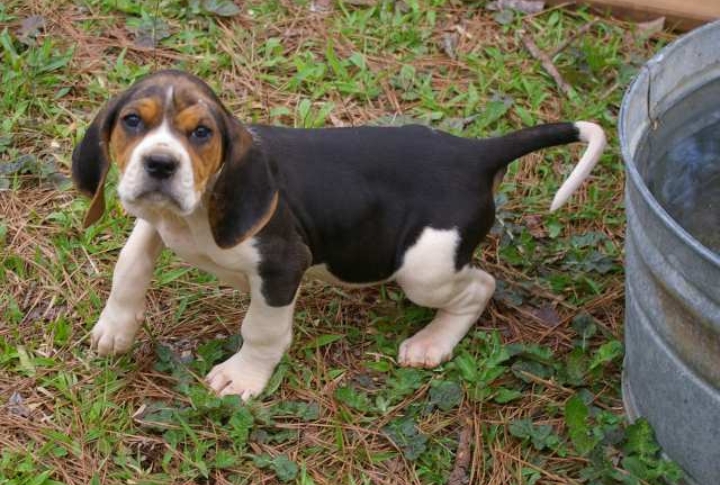
The Treeing Walker Coonhound was developed from English Foxhounds and Tennessee Lead, engineered specifically to chase animals into trees. It features a tricolor coat of black, white, and tan. This breed also emits a chopping bark when prey is treed. Recognized by the AKC in 2012, it’s a recent addition to the Coonhound family.
American English Coonhound
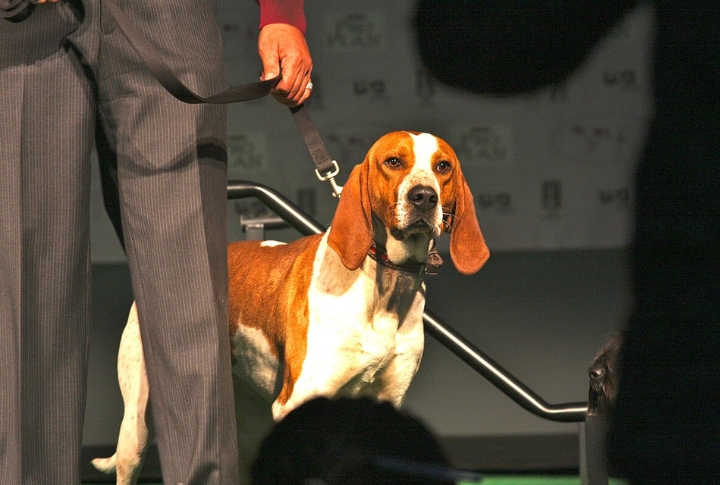
Born from old-world Foxhounds and shaped for the American wilderness, the American English Coonhound runs with purpose. Stamina and vocal strength make the hound a hunter’s dream. Once called the English Coonhound, the dog now dominates trial competitions with confidence; its ticking coat and trailing instincts set it apart in the field.
Plott Hound
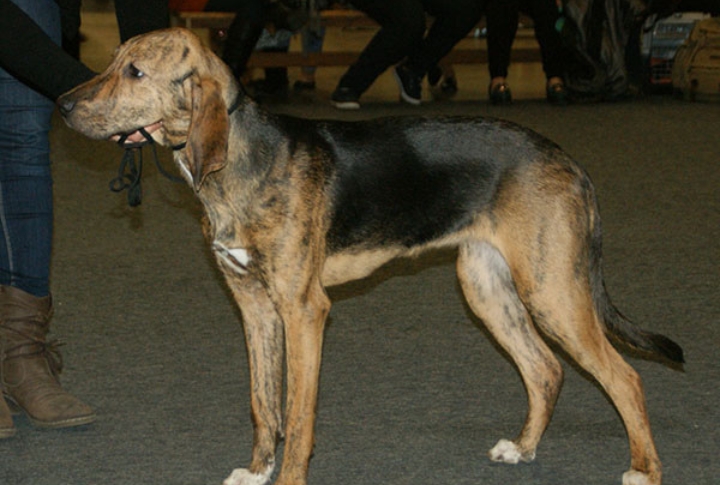
The Plott Hound differs from other Coonhounds by tracing its roots to German Hanover Hounds rather than Foxhounds. This was developed for hunting large game like boar and bear. Named after German immigrant Johannes Plott, it is easily recognized by its brindle coat and was added to the AKC in 2006.
American Leopard Hound
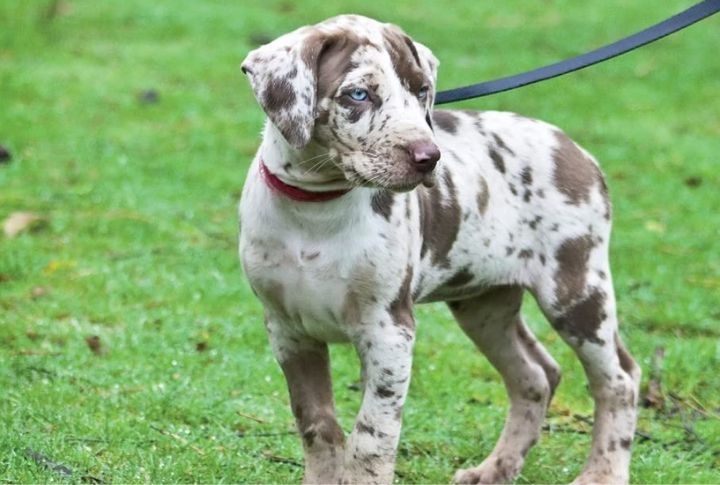
With its leopard-spotted coat and sharp instincts, the American Leopard Hound knows how to stand out and blend in. It hunts boars and bears using a powerful nose and quick thinking. Thought to descend from Spanish hounds, the breed is UKC-recognized but still waiting on AKC status, which only adds to its appeal.
Treeing Tennessee Brindle
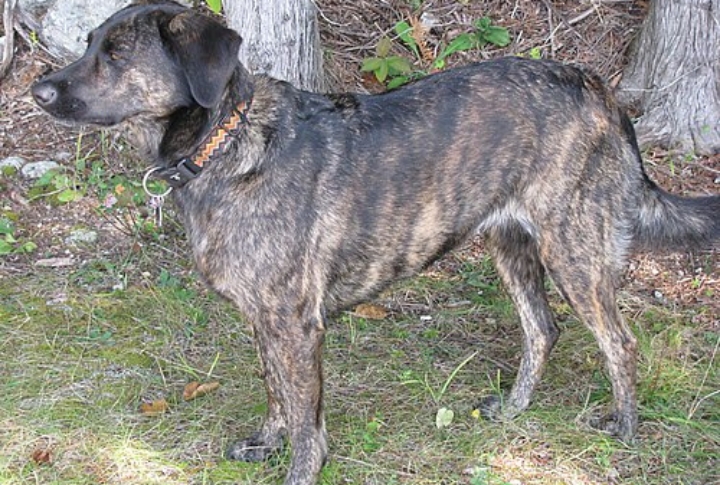
Ever wonder how a small dog can pack so much grit? The Treeing Tennessee Brindle was bred in the U.S. to chase raccoons up trees. Agile, sharp-nosed, and built for rugged terrain like the Appalachians, its striking brindle coat inspired a breed club in the ’60s—and still turns heads today.
Ticked Redbone Coonhound
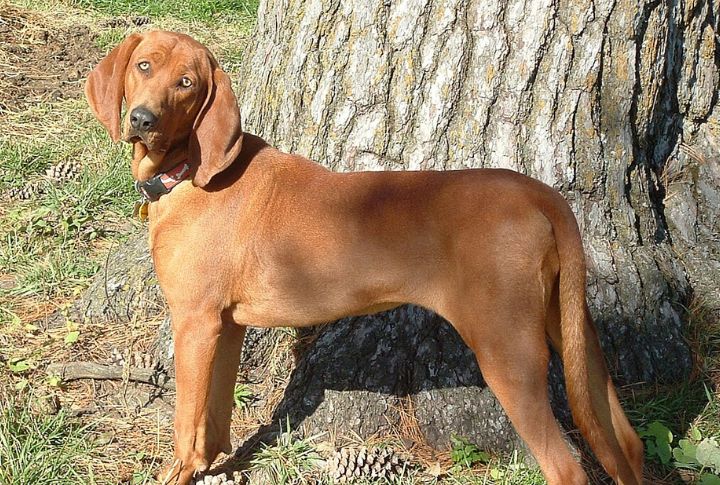
For hunters who want solid instincts in a standout dog, the Ticked Redbone checks both boxes. This rare line features light ticking across its coat but hunts just like any traditional Redbone. The striking appearance suggests a blend, but the hunting instincts remain razor-focused.
Redtick English Coonhound
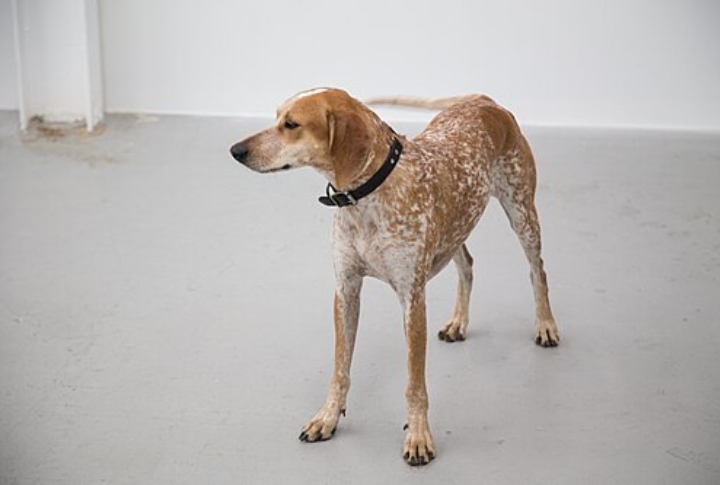
Redtick English Coonhounds stand out with their freckled coats and serious drive. Popular in the Southeast, they’re prized for endurance and sharp tracking instincts. Some bloodlines reportedly outperform others during nighttime hunts, making them a favorite among seasoned handlers.





